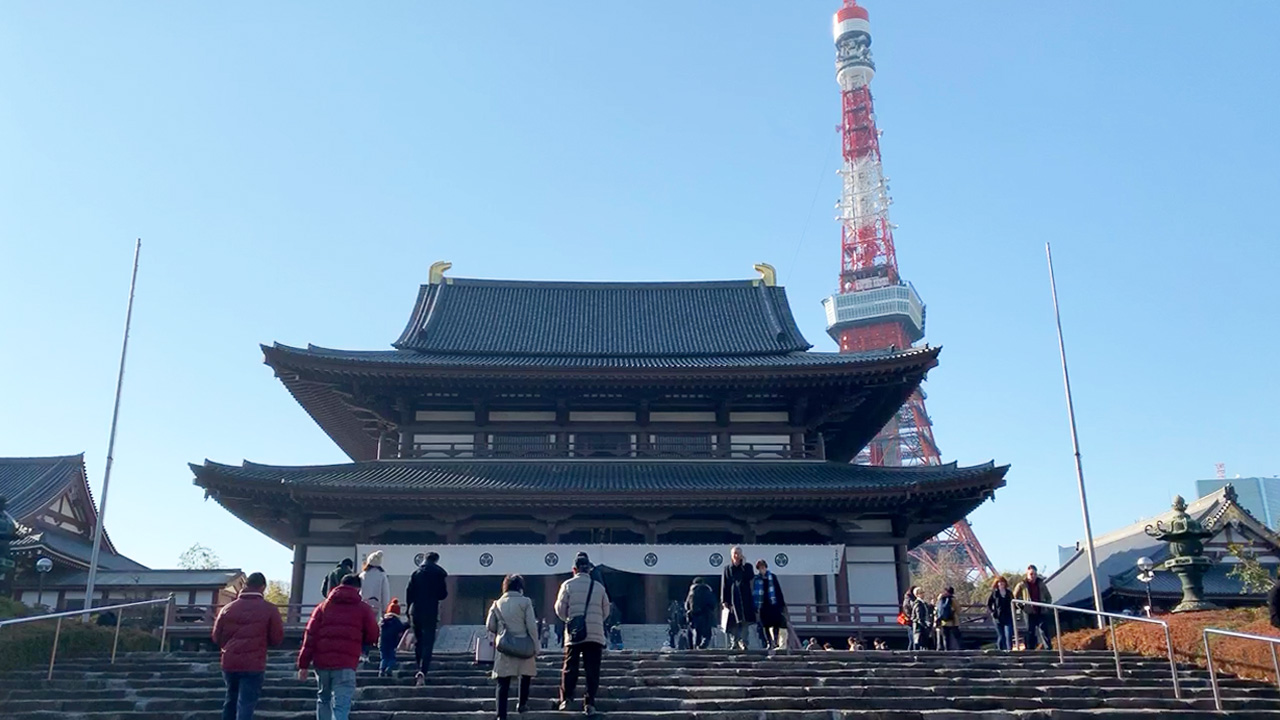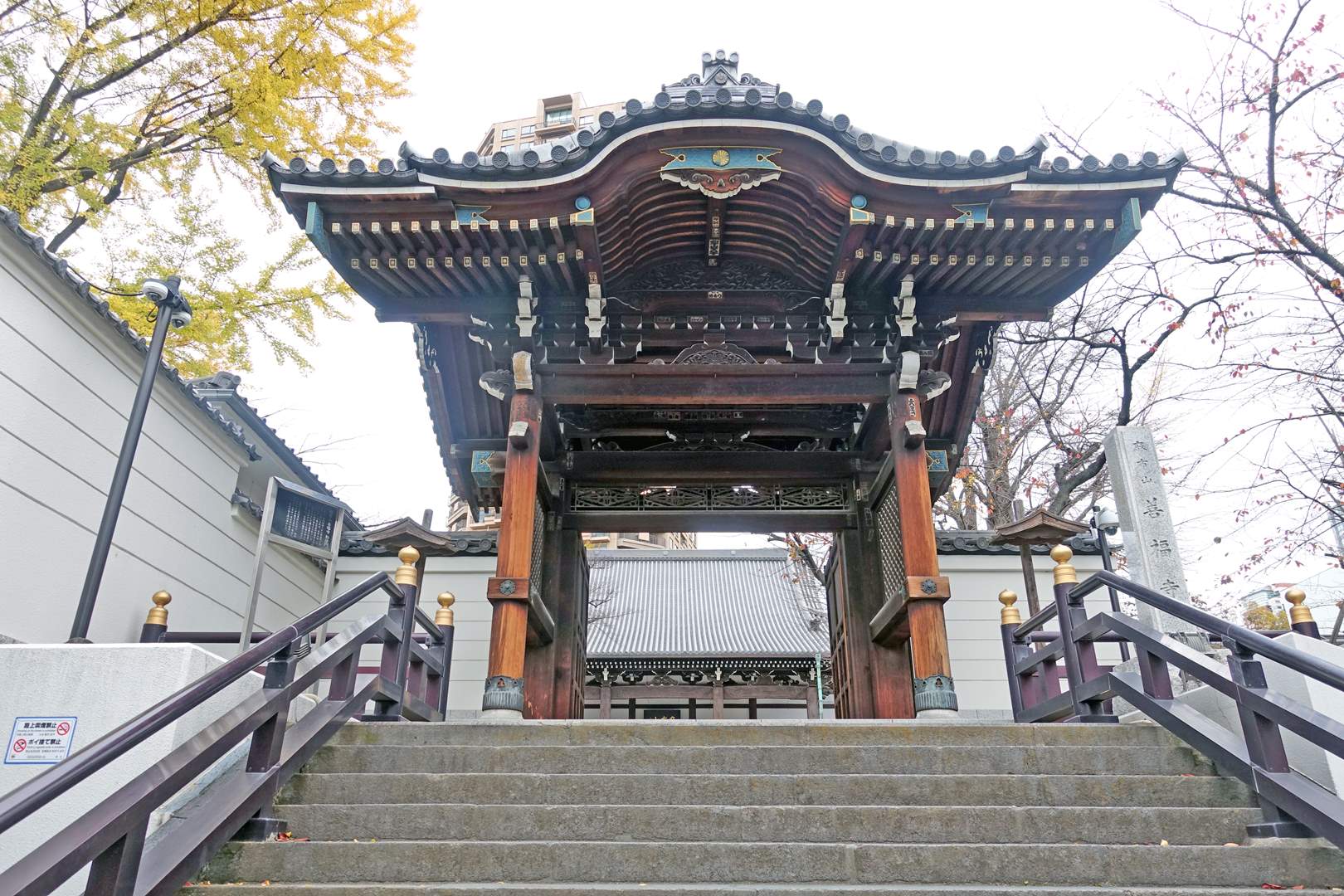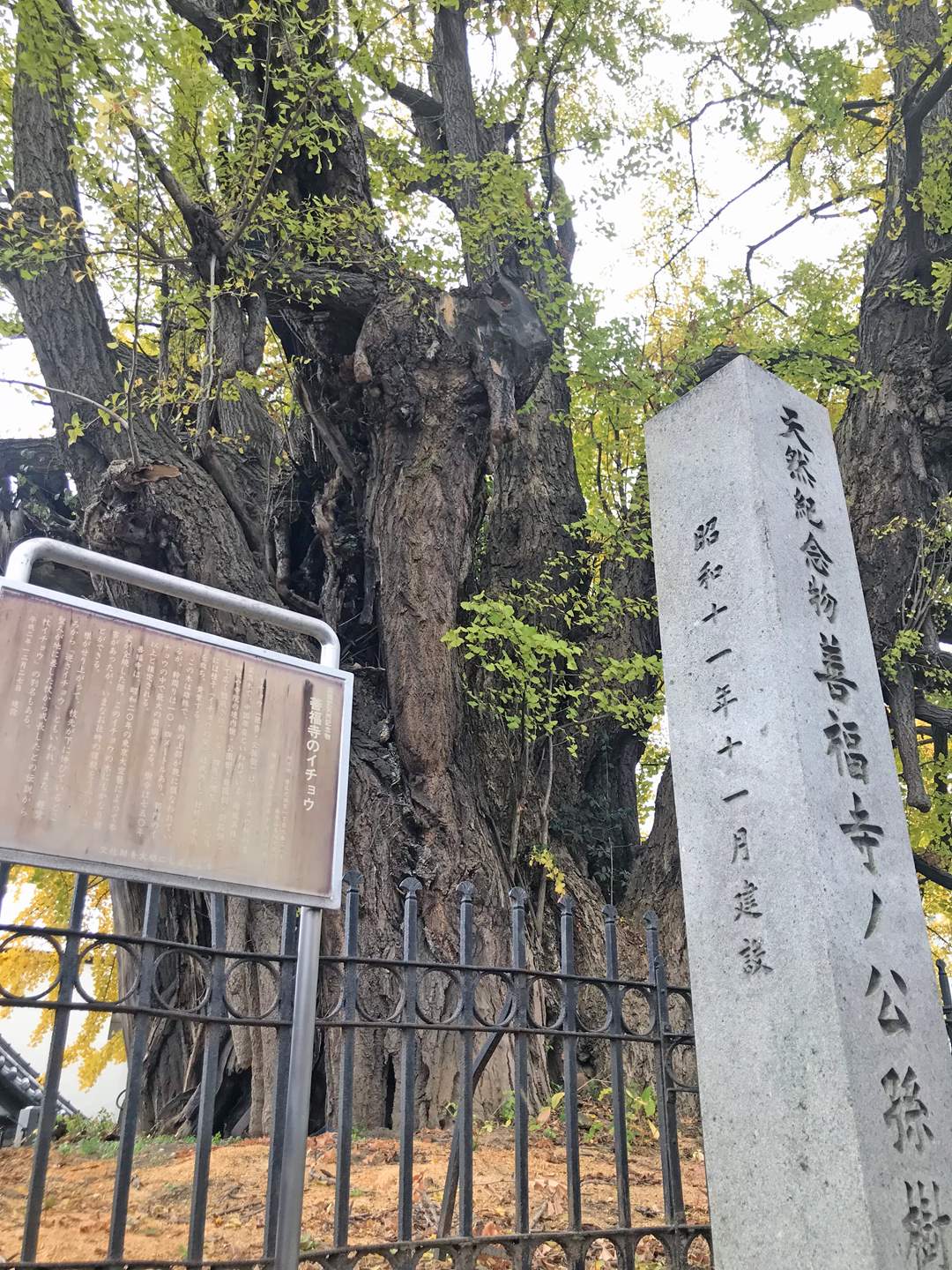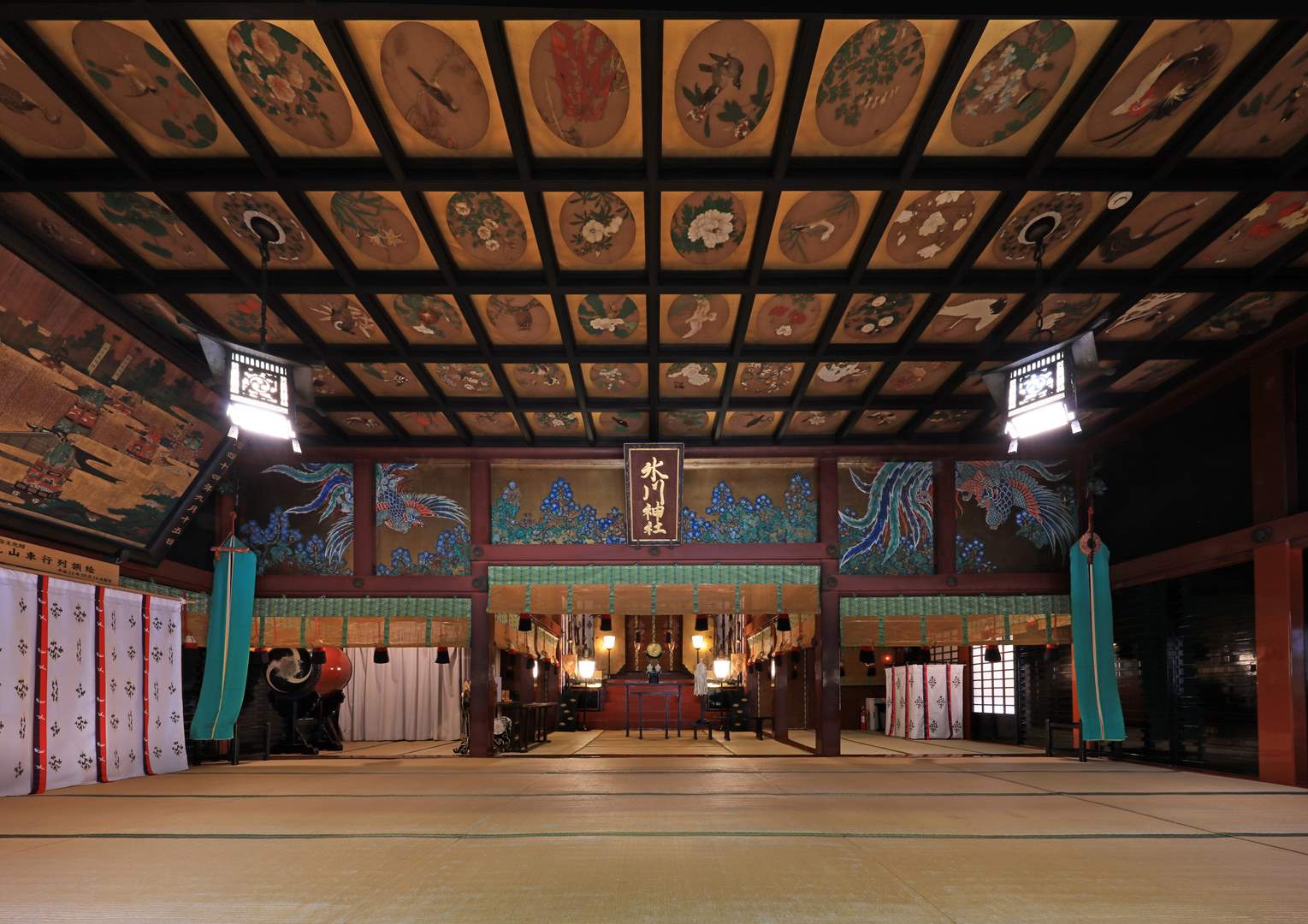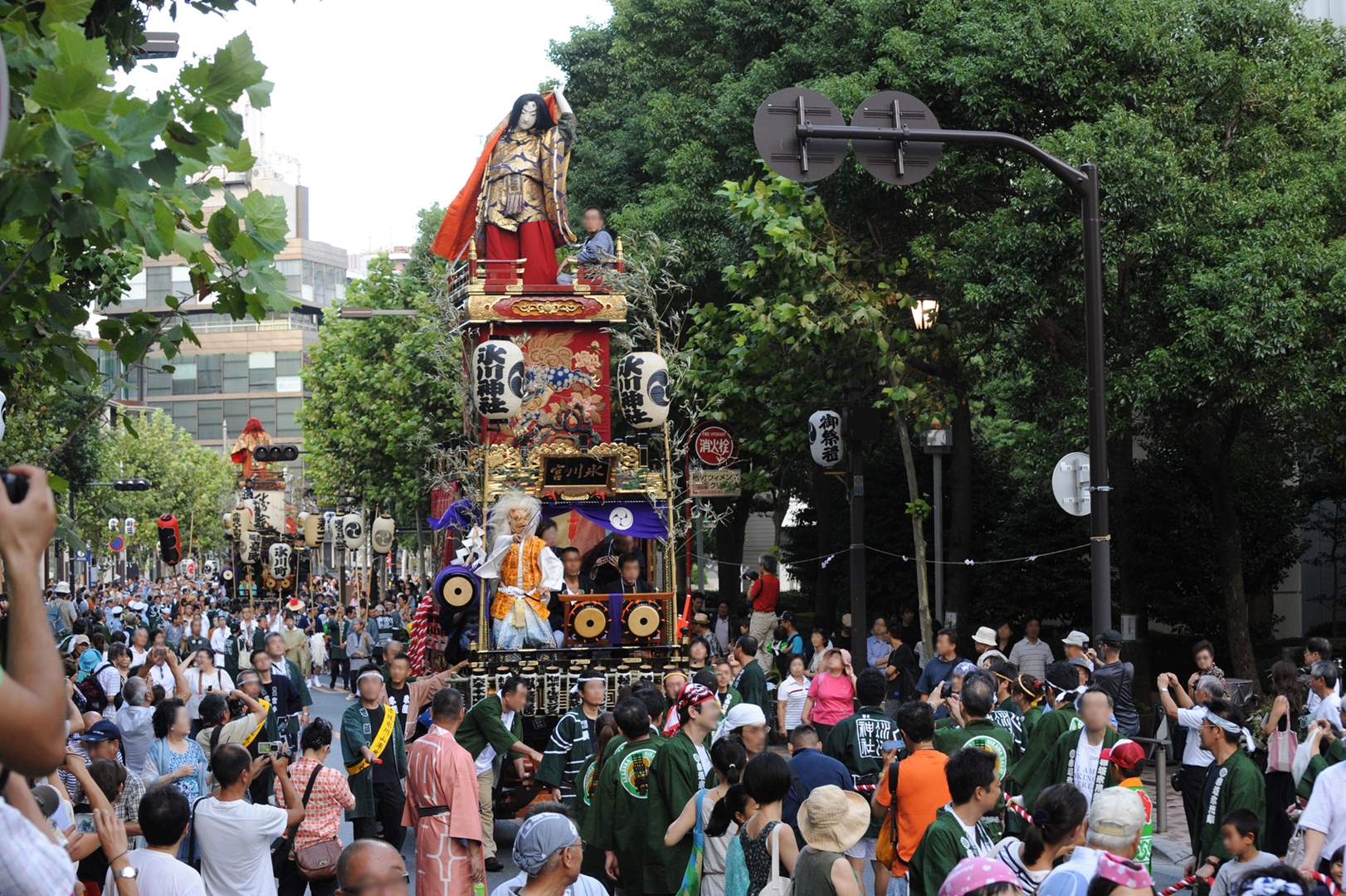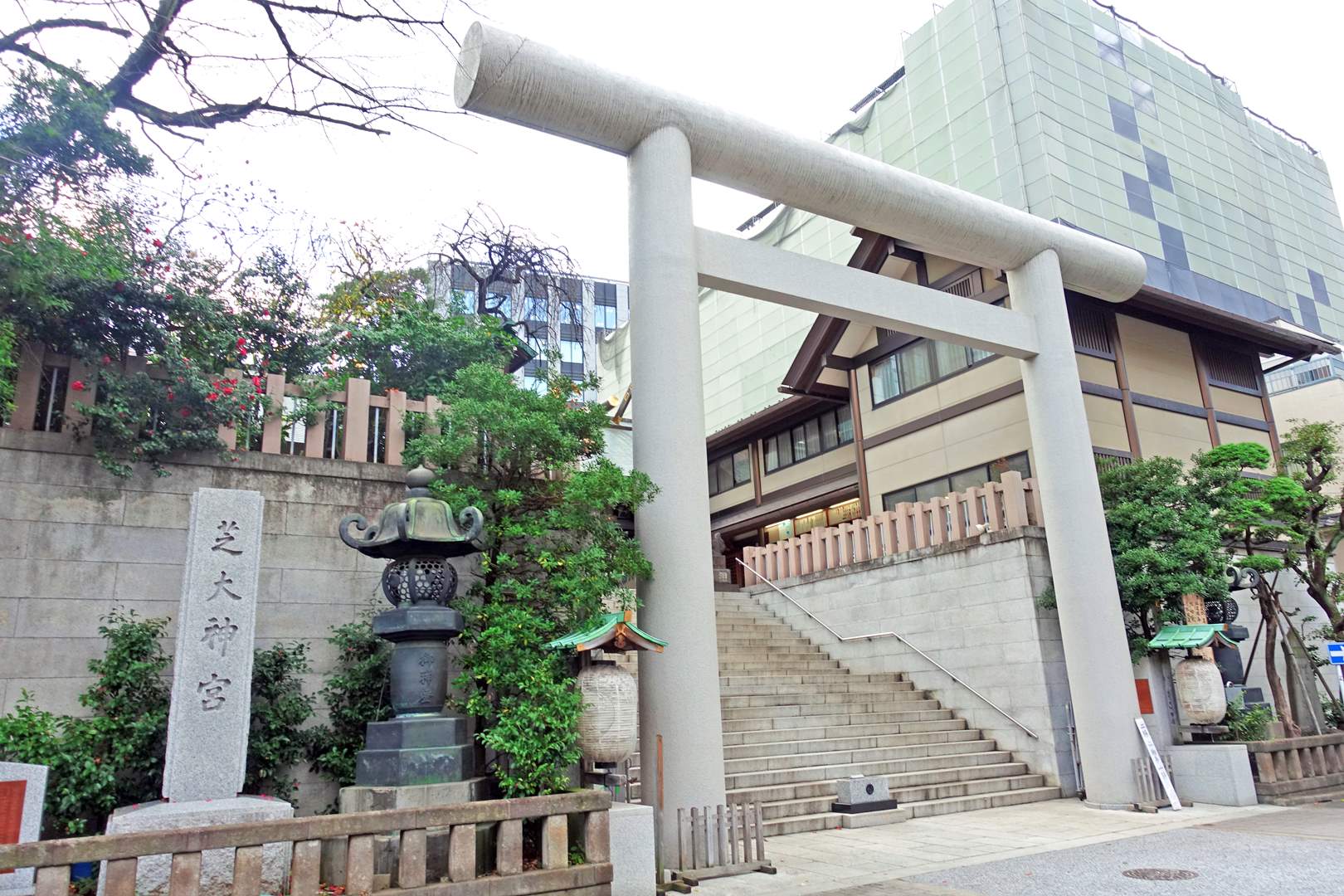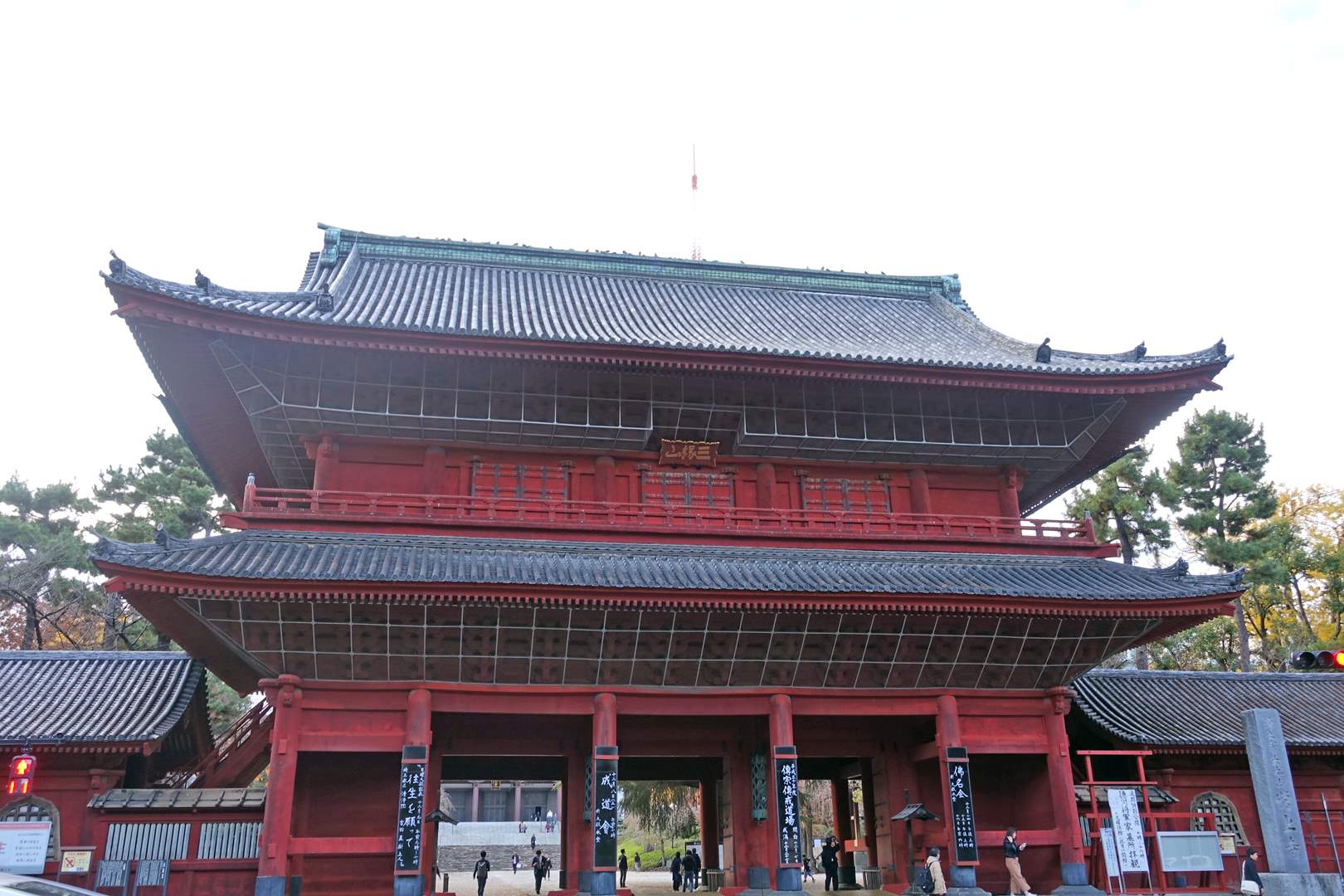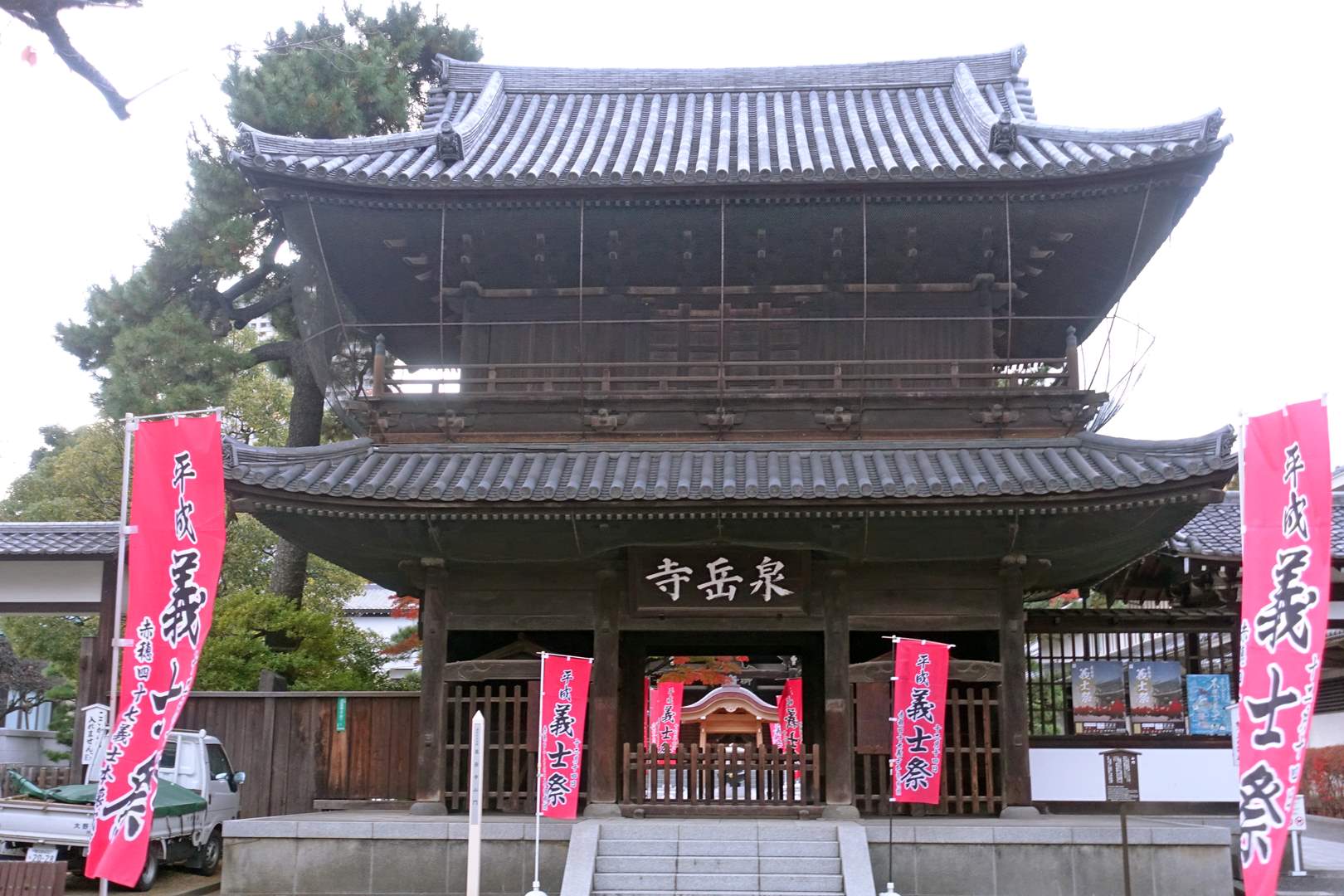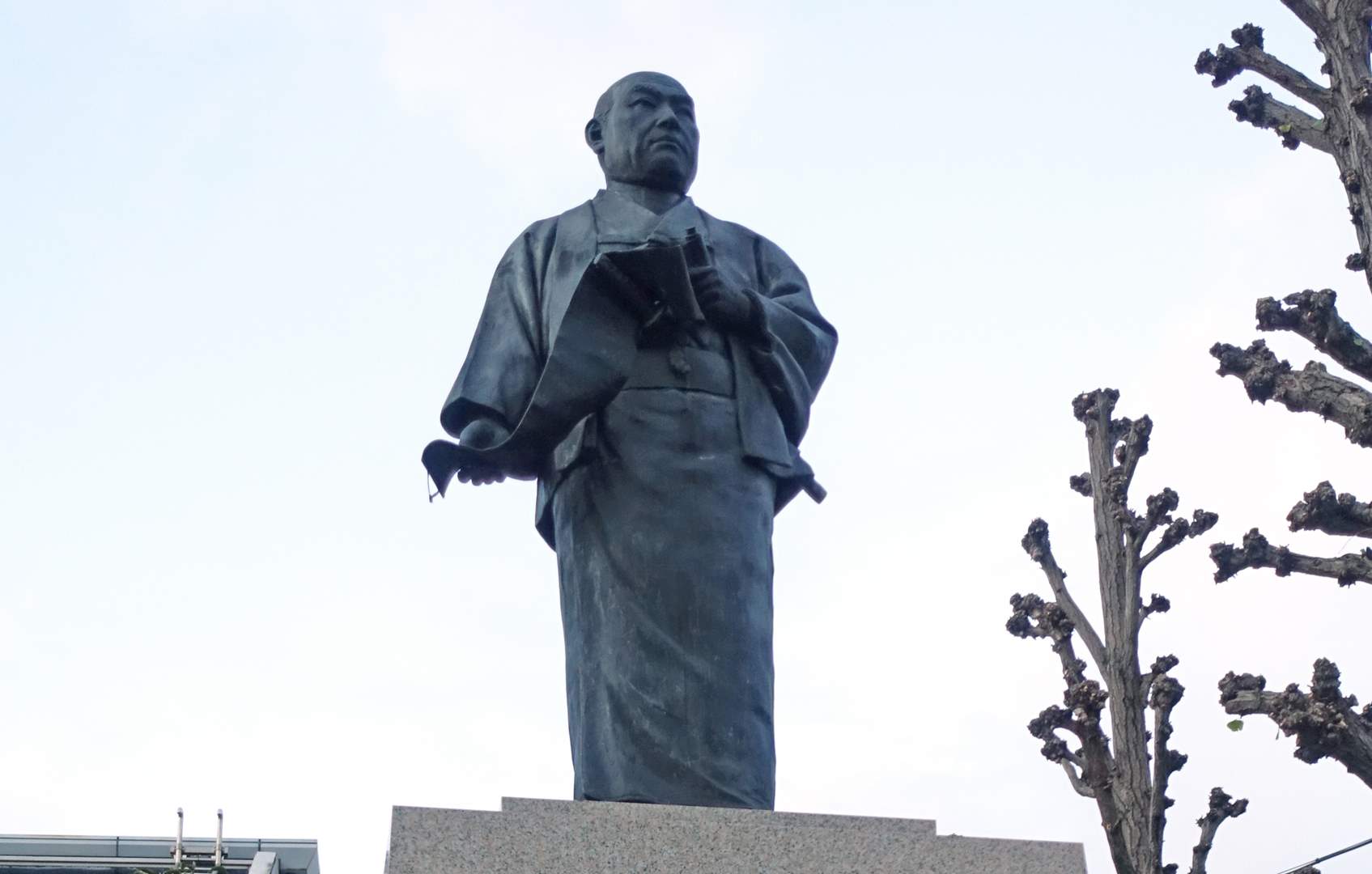A luxury residential area since the Edo period? The reason why Minato has so many temples & shrines
Have you ever been stopped in your tracks by a beautiful shrine appearing out of nowhere between the modern buildings of Minato-ku? That's no surprise - there are about 40 shrines, and 280 temples in Minato-ku alone.
Minato-ku has had areas of high ground since even the Heian period, so many temples and shrines have been built there. In the Edo period, lots of Daimyo's mansions were build there, along with many temples as it was a key security point at Edo's entrance along the Tokaido route. At the end of the Tokugawa period, Japan's first foreign diplomatic establishments were established at four temples including Zenfukuji. In the Meiji period, the Daimyo's mansions were turned into other mansions and embassies. It may not be an overstatement to say that this history is what lead to it becoming the luxury residential area it currently is.
Minato-ku has had areas of high ground since even the Heian period, so many temples and shrines have been built there. In the Edo period, lots of Daimyo's mansions were build there, along with many temples as it was a key security point at Edo's entrance along the Tokaido route. At the end of the Tokugawa period, Japan's first foreign diplomatic establishments were established at four temples including Zenfukuji. In the Meiji period, the Daimyo's mansions were turned into other mansions and embassies. It may not be an overstatement to say that this history is what lead to it becoming the luxury residential area it currently is.
Zenpukuji - Kukai and Shinran were involved in this old temple which became the first foreign consulate of our country
Zenpukuji was founded by Koumi Daishi Kukai in 824 and is said to be the second oldest temple in Tokyo after Sensoji in Asakusa.
One of the oldest ginkgo biloba trees in Tokyo
It is said that the oldest ginkgo biloba tree (a designated national treasure) in Tokyo was seeded by the founder of Jodo Shinshu, Shinran when he visited Zenpukuji and inserted his cane into the ground. It is estimated to be over 750 years old. At the end of the Bakumatsu period, the first American consulate was set up by Harris, and now a monument stands in it's place.
Akasaka Hikawa Shrine - 8th Tokugawa Shogun Yoshimune's shrine remains here surrounded by nature
The three gods Susano-no-mikoto, Kunishinarihime-no-mikoto and Ōna mudji-no-mikoto are worshiped here, and they were enshrined in the year 951 near what is now Akasaka 4-chome.
By the order of the eigth Tokugawa Shogun Yoshimune, it was transferred to it's current location where the Asano family house was located in 1730. The current shrine was expanded at this time and has been designated as an important cultural asset of Tokyo, escaping many earthquakes and war damage.
By the order of the eigth Tokugawa Shogun Yoshimune, it was transferred to it's current location where the Asano family house was located in 1730. The current shrine was expanded at this time and has been designated as an important cultural asset of Tokyo, escaping many earthquakes and war damage.
Hikawa festival parade
The Akasaka Hikawa festival is held in September every year, and stands out with the portable shrines surrounded by 13 Edo style floats, since the god of Yoshimune was highly venerated by the Shogunate. Even today, in the state-of-the-art city where many skyscrapers stand, this unique "Edo festival" still takes place.
Shiba Daijingū Shrine - Ise of Kanto
The Shiba Daijingū shrine, which worships the two pillar gods of Ise shrine (Amaterasu Omikami and Toyouke no Ookami) was founded in 1005.
Initially it was settled in Īgura-san (present Shiba Park) and was called Shiba Shinmeigū Temple, but was moved in the Keicho period to it's current location and renamed in 1872. In the Edo period, it prospered under the protection of the Tokugawa Shogunate and now enjoys the reverence of many people as the "Ise of Kanto". The festival held in September is famous and called "Daradara festival" or "Shōga festival".
Initially it was settled in Īgura-san (present Shiba Park) and was called Shiba Shinmeigū Temple, but was moved in the Keicho period to it's current location and renamed in 1872. In the Edo period, it prospered under the protection of the Tokugawa Shogunate and now enjoys the reverence of many people as the "Ise of Kanto". The festival held in September is famous and called "Daradara festival" or "Shōga festival".
Zojoji - The family temple of the Tokugawa Shogunate
Zojoji is one of the seven headquarters of Jōdoshū sect. It was founded in Edo Kaizuka (near the current Hirakawacho in Chiyoda-ku) by priest Yuuyo Shosu. With the expansion of Edo castle, it was transferred to its present location by Tokugawa Ieyasu in 1598.
Zojoji Sangedatsumon Gate
The Sangedatsumon gate standing at the front of Zojoji temple was built in 1622, and it is designated as an important national cultural asset as the oldest existing wooden structure in Tokyo.
Sengakuji - the temple where the 47 Ronin sleep
Founded by Tokugawa Ieyasu in 1612 in the area of Sotosakurada, close to Edo castle. It was destroyed by the Oke-machi Fire of 1641, but due to the efforts of Mohri, Asano, Kutsuki, Niwa and Mizutani it was rebuilt in the present Takanawa area.
Statue of Ōishi Kuranosuke Yoshio, leader of the Akō clan
On this basis it became a family temple of the Asano family, and after the Akō incident also known as "the revenge of the 47 ronin" occurred in 1702, the Harima Akō clan lord Asano Takumi no Kami and the 47 ronin were buried here. In addition, there are many things related to the 47 ronin in the grounds, including the Ako Masterless Samurai Memorial Hall.
Temple and Shrine Time Travel
Minato-ku Time travel Tour
Many new spots that are ahead of the times are created in Minato-ku - a place where businesses and trends start. This is not a recent thing - Minato-ku has been home to trendy spots throughout history, and many of these places still exist. Minato-ku Time Travel Tour takes a look around those historical trendy spots in Minato-ku based on four different themes. Pick your favorite theme and take a journey back in time!




